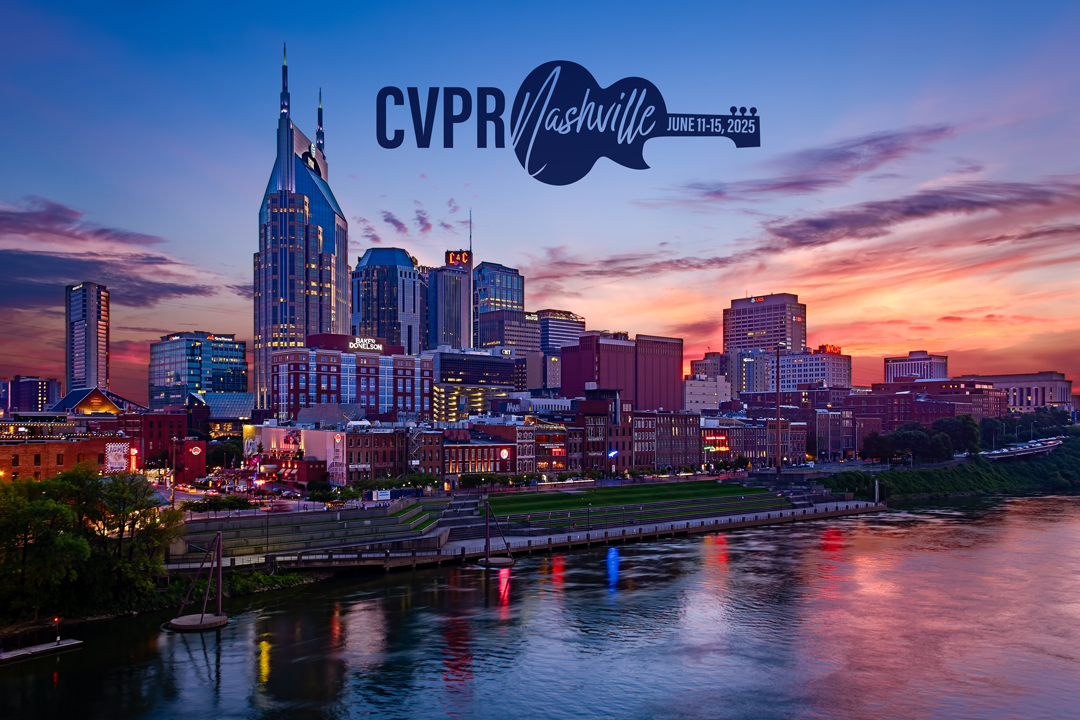Driving the future of augmented and virtual reality across industries!
Shaping the Future
Pushing the boundaries of immersive technology and research that transform how we interact with the digital world.
Partner with Us!
Upcoming Events

Wed, Jun 11, 2025 – Sun, Jun 15, 2025 in Nashville, TN
XRTC faculty are hitting the road! We’re excited to share that several of our team members will be attending the CVPR Conference on Computer Vision and Pattern Recognition this year. Stay tuned as we highlight their work, presentations, and key takeaways from one of the premier conferences in computer vision and AI.
Recent Research
Sponsors






